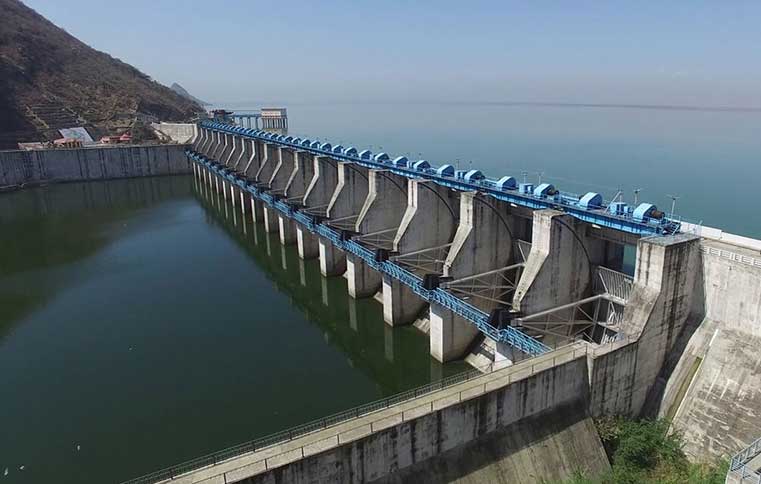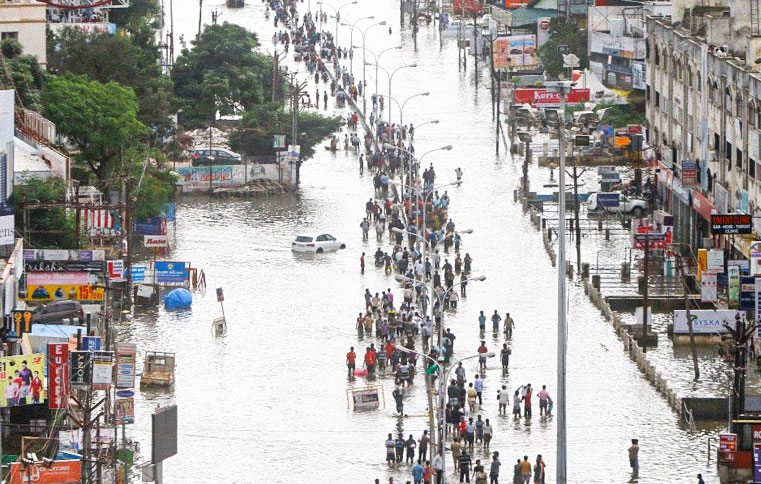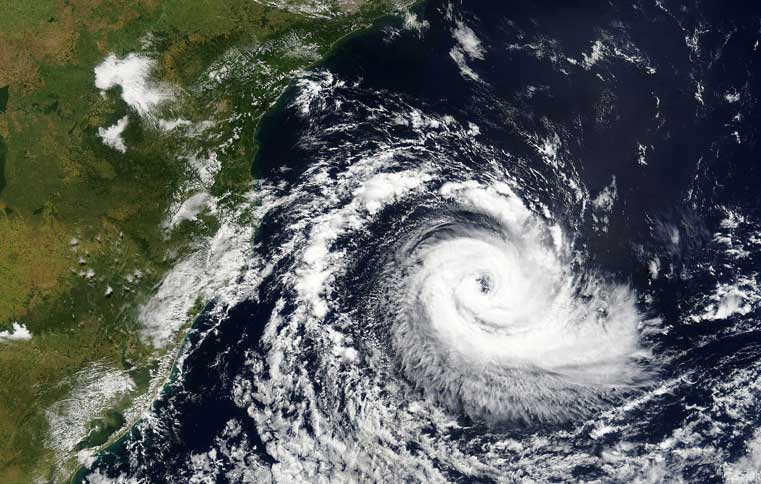Climate change and water resources: are we prepared for impacts?
By: Nishikant Gupta | Date: 26th September 2019
 Image Source: Rajras
Image Source: Rajras
Aquatic resources have multiple functions – soil fertility maintenance, transportation, resources development and wildlife conservation, to name a few. Nonetheless, they are under pressure from human stressors – overexploitation, pollution, flow modification, degradation of riparian habitats, and invasion by exotic species.
To add to their woes, the projected climate change paints a grim picture for these life-supporting systems. Over the last few decades, there has been a projected rise in key climatic variables such as temperature and precipitation, and this has been well documented in a key publication launched at COP24 in Poland last year1.
The projected temperature increase is likely to place a substantial demand on the available water: water bodies are likely to evaporate more quickly; there is likely to be greater water requirements for agricultural crops; and a likely increase in some invasive plant and animal species, insect attack, and new crop pests.
The insufficient water for hygiene purposes during dry periods is likely to increase the risk of water-washed diseases. Additionally, there is likely to be an increase in thermal stress, impacting humans, and the health and productivity of livestock.
These could result in loss of household income and livelihood options for a significant number of people.
The projected change in the monsoon (early/late arrival), and the change in the frequency (number) of rainfall events are likely to affect groundwater quality due to a possible increase in drought events.
The risk to life and property is likely to increase, both because floods could be more frequent.
This is likely to influence the prevalence of water-related diseases and contaminate water sources. In addition, they can also affect roads, bridges and communication systems.
The frequent floods and landslides can increase sediments in rivers, and damage hydropower plants. Additionally, heavy rainfall, flooding and landslides can have a negative effect on nature-based activities, impacting the livelihood of local people.
Extreme weather events possibly linked to climate change have cascading socio-economic and environmental impacts, and are expected to magnify in frequency and intensity over the coming decade.
Given their potential impacts discussed above, it is time to take into account the overall climate projections and come up with sustainable solutions. At the State level, it would be important to strengthen climate vulnerability studies supported by field data.
Here, investing in capacity building of identified research institutions can assist with the data collection.
The timely flow of this projected information to target stakeholders, for example to the District Disaster Management Authority (DDMA) will be critical.
The DDMA can then possibly invest in climate change awareness and trainings, for example, tackling water-related diseases and heat waves.
State-level support can also be provided to local NGOs which can then promote mixed cultivation of crops in a flood/drought year to support local livelihoods of dependent communities.
More importantly, water resources management policies will need to be consistent with the projected change in climatic variables.
Reference: Outlook on climate change adaptation in the Hindu Kush Himalaya












